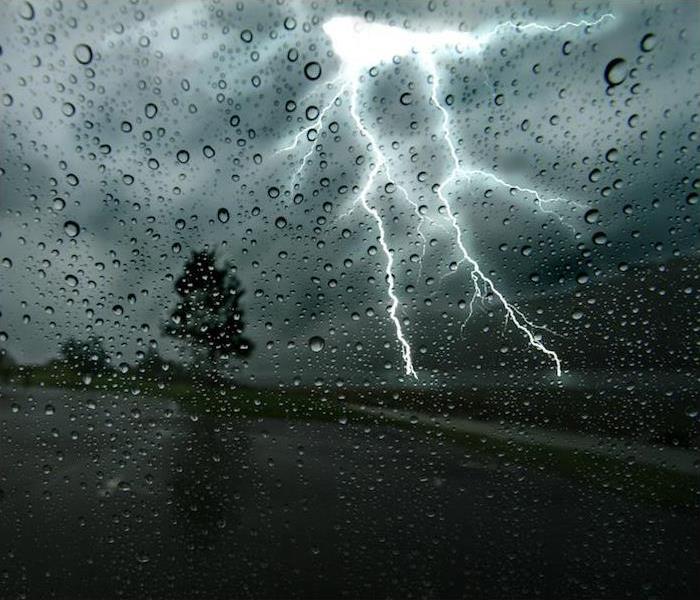What to Know About the Dangers of Thunderstorms | SERVPRO® of Jefferson County
5/10/2021 (Permalink)
 Thunderstorms can pop up at any moment. Contact SERVPRO of Jefferson County if you experience any damage.
Thunderstorms can pop up at any moment. Contact SERVPRO of Jefferson County if you experience any damage.
Hello, warmer weather! Hello, blooming flowers! Hello, time spent outdoors! And hello, thunderstorms?
It’s true. While we love the warmer weather that late spring brings, it also brings an increased risk of thunderstorms. While these storms are incredibly common, they also have the potential to be dangerous.
Let’s talk through some basics first. Thunderstorms are defined as storms containing thunder. That means that they also contain lightning, since thunder and lightning always go hand-in-hand. You can’t have one without the other.
While many thunderstorms pass without incident, there are those that do not—and between high winds, lightning, hail, flooding and other issues that thunderstorms can cause, there are many ways that the weather can turn dangerous quickly.
Because of that, it’s important to pay attention to the weather and heed warnings and watch alerts. That’s especially true for severe thunderstorms, a more serious type of storm that contains hail that is one inch or larger and straight-line winds of 58 miles per hour or more.
Why Thunderstorms Are Dangerous
Damage and injury from lightning strikes. Every thunderstorm has lightning, even if you can’t see it. This aspect of storms is actually among the most dangerous. In fact, it is reported that they cause around 300 injuries every year. And that only considers the bodily harm caused. Lightning strikes can also cause property damage through fires and indirect harm such as trees being struck by lightning and falling on the house.
Property damage due to hail. When it comes to hail, there are two important aspects to consider: size and force. Hail varies in size from tiny to very large, and the larger the size, the more dangerous it is. The force with which the hail strikes is also a key factor. In severe thunderstorms, where large hail is pummeling a roof, it can result in damage that may lead to leaks and water damage.
Harm from flash flooding. “Turn around, don’t drown” is much more than simply a catchy phrase! It’s a serious guideline in the case of flash flooding. This type of floods can literally occur in a flash due to a variety of reasons, including intense rainfall or a blocked drainage ditch. If flash flood conditions are possible, it’s best to stay off the road—and definitely don’t drive through water.
Thunderstorms are dangerous and can cause significant damage to homes or commercial spaces. If you have damage due to a thunderstorm, you can count on us to help. Contact us 24⁄7 for more information about our storm restoration practices.






 24/7 Emergency Service
24/7 Emergency Service